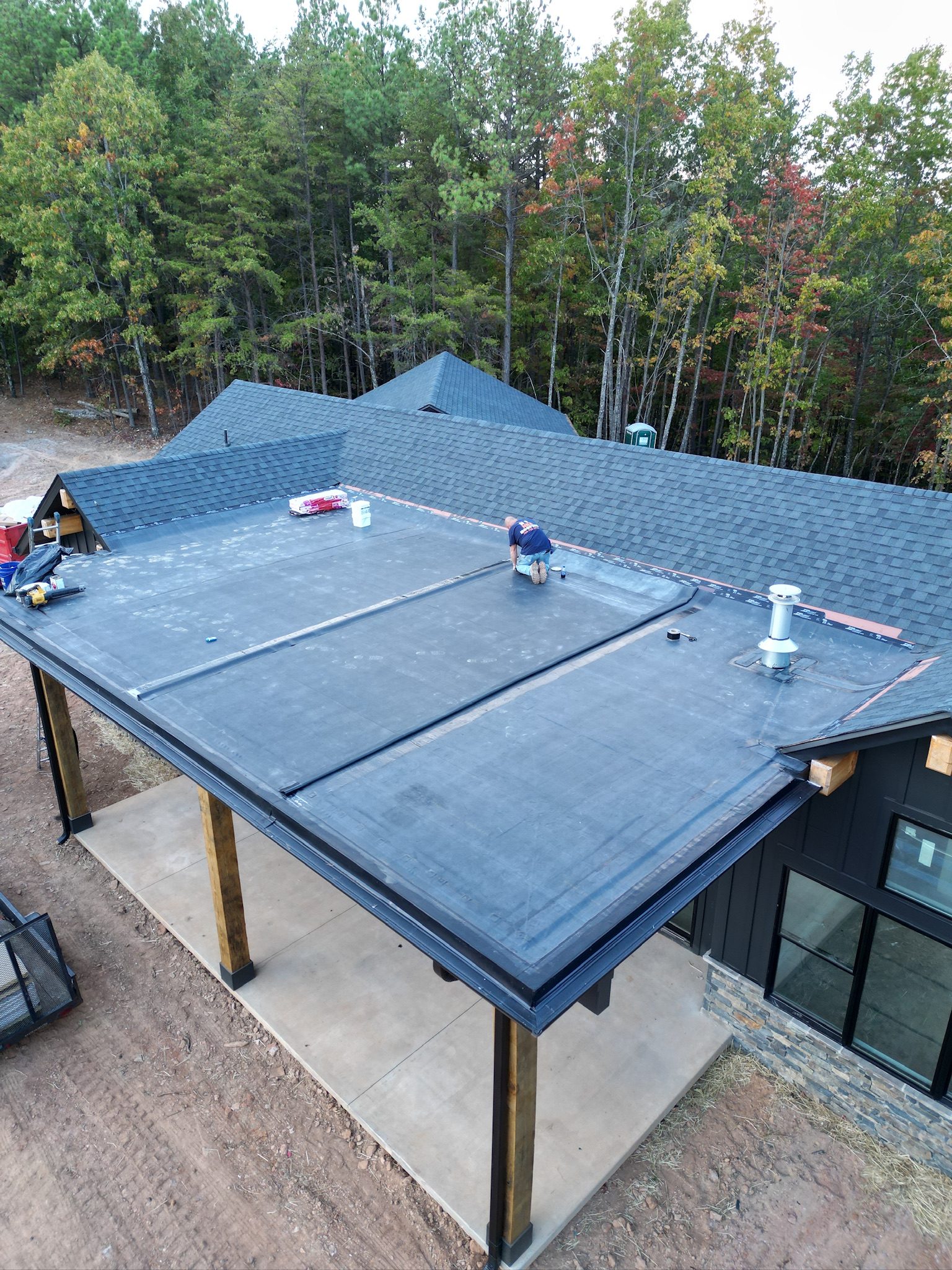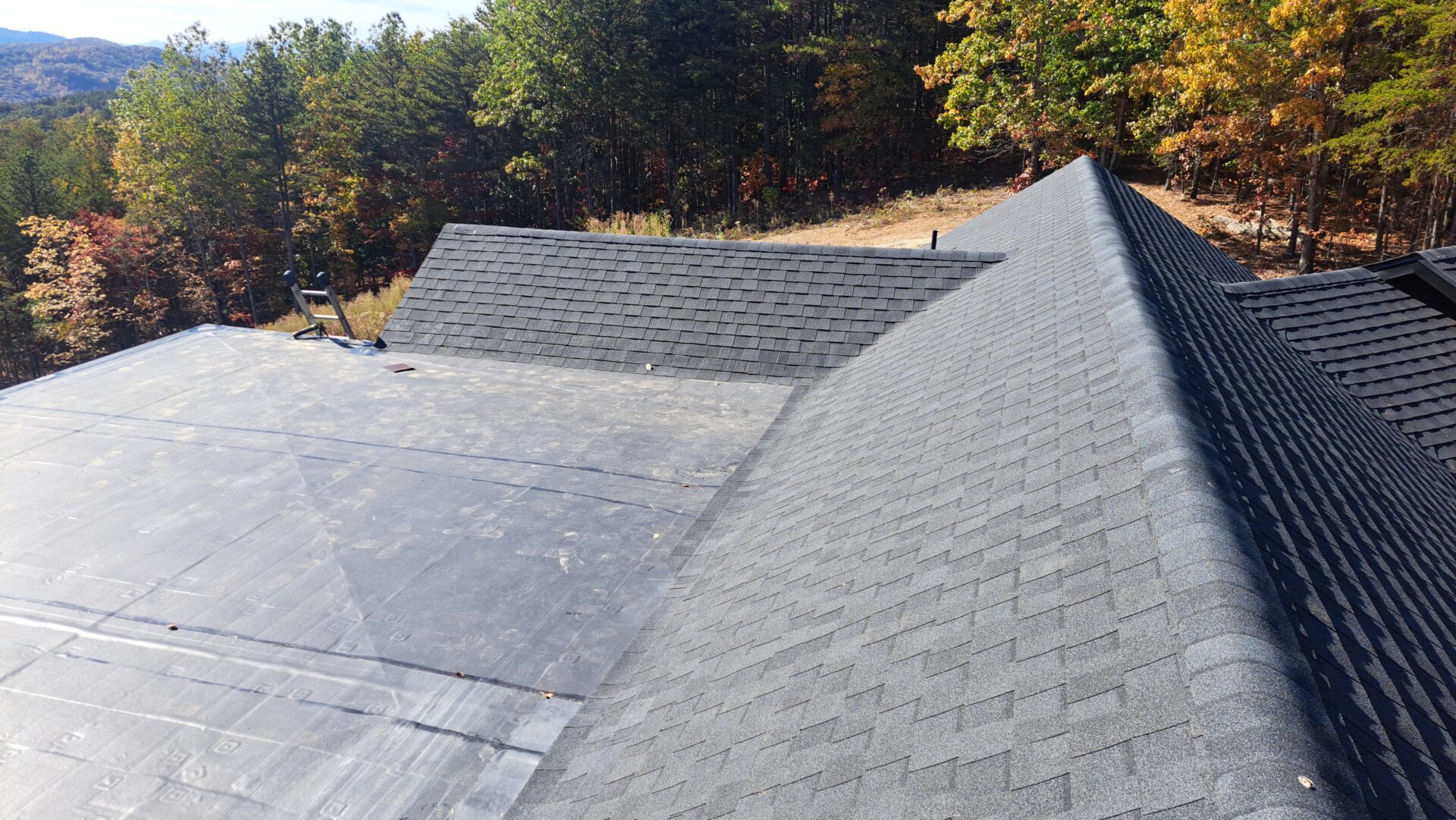EPDM rubber roofing is a synthetic rubber roofing material made from ethylene propylene diene terpolymer, which is renowned for its durability and flexibility. This material is compounded with fillers and plasticizers and typically cross-linked through vulcanization. One of the standout features of EPDM rubber roofing is its ability to withstand a wide temperature range, from as low as -40 °C to as high as 150 °C. This makes it an ideal choice for various climatic conditions.
Its lightweight nature simplifies installation and reduces the structural load on buildings, making it a preferred choice for both residential and commercial applications.
Durability and Longevity
EPDM roofing is celebrated for its durability and longevity. It requires minimal maintenance and can withstand extreme weather conditions such as hail, wind, and temperature fluctuations. The material remains stable at temperatures as low as -40 °C, performing reliably in various climates.
To further enhance EPDM roofing durability, choosing thicker membranes like 75 or 90 mil can improve resistance to hail damage. These high-strength, weather-resistant properties make EPDM a favorite for residential and commercial properties globally.

Energy Efficiency
Another significant advantage of EPDM roofing is its energy efficiency. White EPDM roofing is particularly effective at reflecting sunlight, leading to substantial reductions in cooling costs. This helps maintain lower indoor temperatures, making it ideal for buildings in hot climates.
While white EPDM roofing materials may have a higher upfront cost, the long-term savings on air conditioning and energy consumption make it a cost-effective investment. The choice between black and white EPDM roofing significantly impacts energy costs and the building’s environmental footprint, particularly in warmer regions where white roofing’s reflective properties are most beneficial.
Installation Process of EPDM Roofing
Installing EPDM roofing involves several key steps to ensure a durable and watertight system. It starts with thorough roof surface preparation, followed by adhesive application and careful seam sealing. These steps are crucial for maintaining the waterproof integrity and long-term performance of the roofing membrane.
Types of EPDM Roofing Systems
Several types of EPDM roofing systems cater to different installation needs and roof structures. The fully adhered roofing system, a popular choice, uses adhesives to secure the membrane directly to the roof deck, providing superior wind-uplift resistance and suitability for roofs of any slope.
The self-adhered EPDM membrane simplifies the installation process by eliminating the need for separate adhesive applications. For quick and easy installation, the ballasted method uses stones or pavers to hold the membrane in place, an advantageous system that works in various weather conditions without adhesives.
Mechanically fastened EPDM roofing uses mechanical fasteners to securely hold the membrane against wind uplift, suitable for various roof slopes. Each method offers unique benefits, ensuring a suitable EPDM roofing solution for every need.
Comparing Black and White EPDM Roofing
When choosing between black and white EPDM roofing, consider energy efficiency and climate suitability. Black EPDM roofing absorbs more heat, which can decrease energy efficiency compared to white EPDM which reflects sunlight. In colder climates, black EPDM helps retain heat, reducing heating costs.
Conversely, white EPDM roofing is particularly effective in warmer regions. By reflecting sunlight, white EPDM helps lower cooling expenses and maintain a cooler indoor environment, making it a more energy-efficient option in hot climates.


